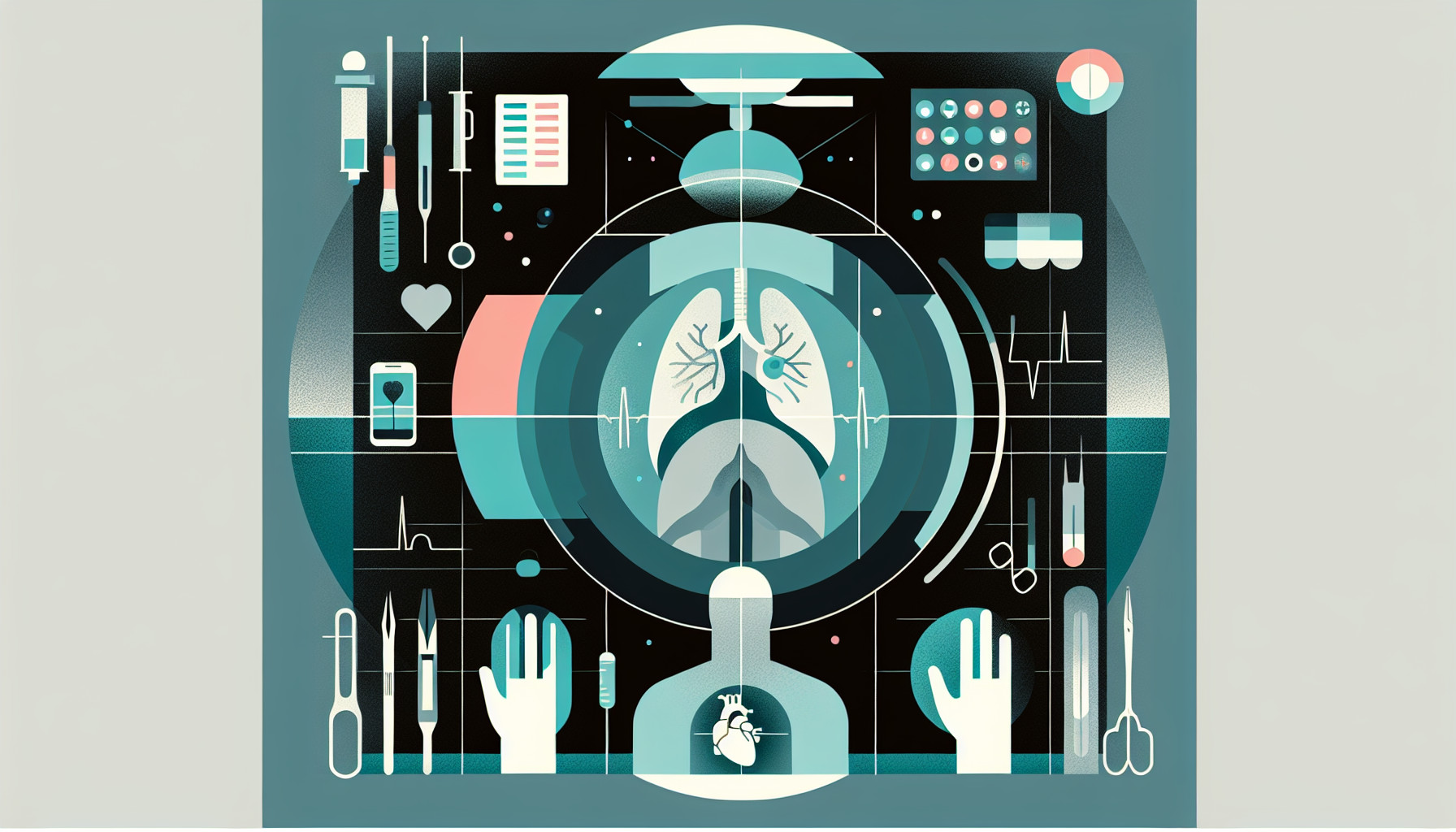Our Summary
This research paper reviews various techniques for reconstructing the nipple and areola (the pigmented area around the nipple), based on 75 studies conducted between 1946 and 2015. The paper finds that using a technique called a “local flap,” which moves tissue from nearby areas, is the most common method for nipple reconstruction and tends not to have more complications than other techniques. However, complications can occur: almost half of nipple reconstructions using grafts (transplanted tissue) had complications, compared to about 8% with local flaps and 5.3% with a combination of flaps and grafts. For areola reconstruction, tattoos seem to be a safer choice than grafts.
The paper also notes that while nipple reconstructions often lose some of their initial size (between 45% and 75% of it), this doesn’t seem to significantly affect how satisfied patients are with the results. To counteract this shrinkage, the initial reconstruction often needs to be larger than the final desired size.
Lastly, while using flaps combined with grafts made from various materials can help maintain the size of the reconstructed nipple, it may also increase the risk of complications, specifically the death of tissue in the flap.
FAQs
- What is the most common method for nipple reconstruction according to the research paper?
- What are the potential complications of nipple reconstruction techniques using grafts or flaps?
- How does the size of the initial reconstruction affect the final outcome and patient satisfaction according to the study?
Doctor’s Tip
One helpful tip a doctor might tell a patient about nipple reconstruction is to carefully follow post-operative care instructions to reduce the risk of complications and ensure optimal healing. This may include keeping the area clean and dry, avoiding strenuous activities that could strain the surgical site, and attending follow-up appointments to monitor progress and address any concerns. Additionally, maintaining a healthy lifestyle, including avoiding smoking and maintaining a balanced diet, can also support the healing process. It is important for patients to communicate openly with their healthcare team about any concerns or changes they notice during the recovery period.
Suitable For
Patients who have undergone mastectomy or breast reconstruction surgery, particularly those who have lost their nipples due to cancer treatment, are typically recommended nipple reconstruction. Nipple reconstruction can help restore a sense of normalcy and improve body image for these patients.
Timeline
Before nipple reconstruction:
- Patient undergoes mastectomy surgery to remove breast tissue
- Patient may undergo radiation therapy or chemotherapy as part of breast cancer treatment
- Patient may choose to undergo breast reconstruction surgery
After nipple reconstruction:
- Patient consults with a plastic surgeon to discuss nipple reconstruction options
- Surgery is performed to reconstruct the nipple using a local flap technique or other methods
- Patient may experience some complications such as tissue loss or shrinkage
- Areola reconstruction may also be performed, either through tattooing or grafting
- Patient may need follow-up surgeries to adjust the size or shape of the reconstructed nipple
- Patient may undergo nipple tattooing for color matching and to enhance the appearance of the reconstructed nipple
What to Ask Your Doctor
Some questions a patient should ask their doctor about nipple reconstruction include:
- What technique do you recommend for my nipple reconstruction and why?
- What are the potential complications associated with the chosen technique?
- How can I minimize the risk of complications during and after the reconstruction process?
- What is the expected size and appearance of the reconstructed nipple compared to my natural nipple?
- How long will the recovery process take, and what can I expect in terms of pain and discomfort?
- Are there any alternative methods or materials that can be used for nipple reconstruction?
- Will I need additional surgeries or touch-ups in the future to maintain the appearance of the reconstructed nipple?
- What are the chances of tissue death or other serious complications with the chosen reconstruction technique?
- Can I see before and after photos of previous patients who have undergone nipple reconstruction with the same technique?
- How long do the results of nipple reconstruction typically last, and are there any long-term risks or considerations I should be aware of?
Reference
Authors: Sisti A, Grimaldi L, Tassinari J, Cuomo R, Fortezza L, Bocchiotti MA, Roviello F, D’Aniello C, Nisi G. Journal: Eur J Surg Oncol. 2016 Apr;42(4):441-65. doi: 10.1016/j.ejso.2016.01.003. Epub 2016 Jan 30. PMID: 26868167
